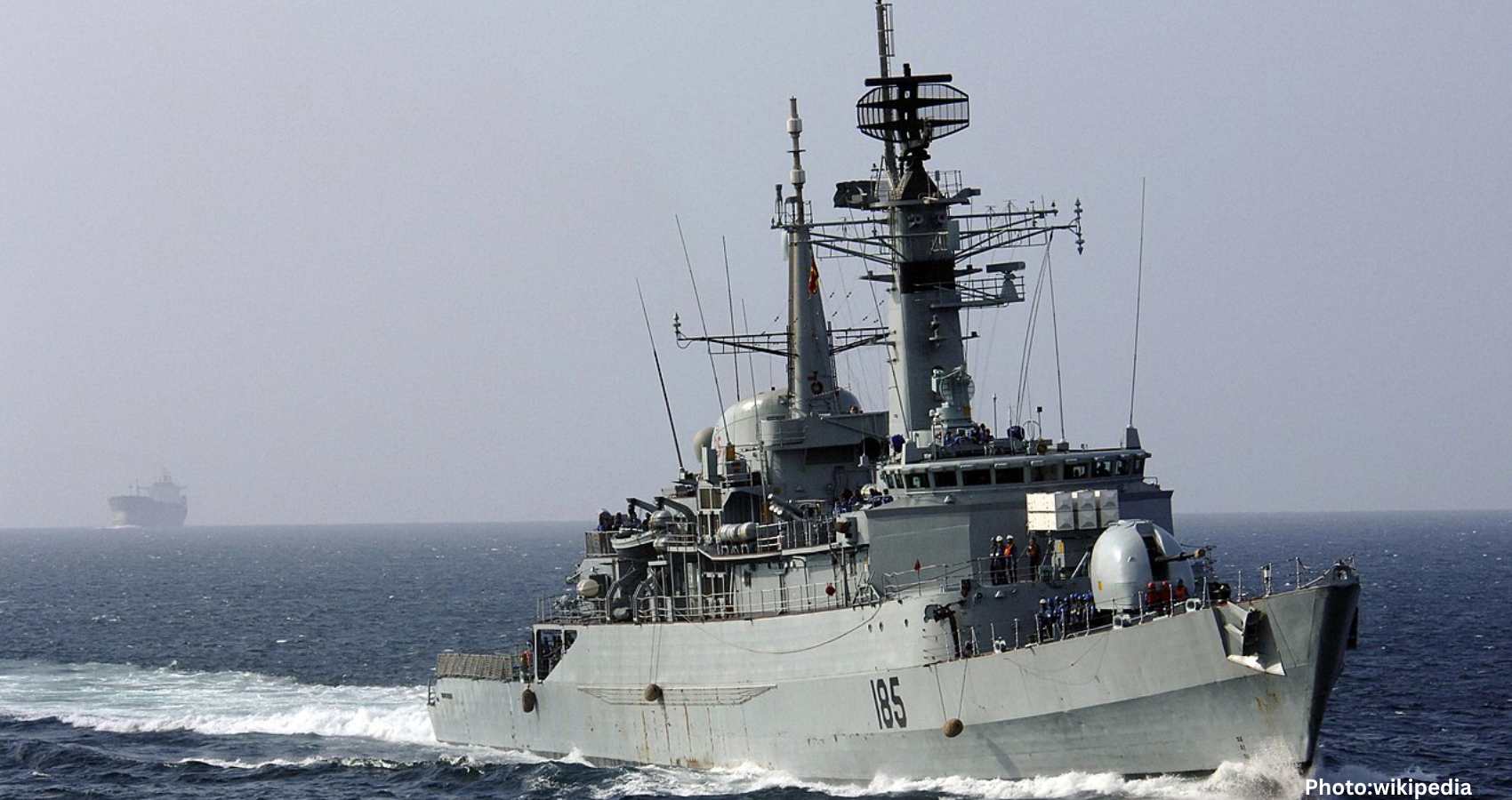Pakistan’s reliance on Chinese naval supplies enhances immediate capabilities but poses significant long-term risks to its operational autonomy and resilience.
Pakistan’s naval modernization efforts, heavily reliant on Chinese suppliers, have raised concerns about long-term strategic vulnerabilities. While the immediate benefits of this partnership may be apparent, the implications for autonomy and operational flexibility are significant.
According to the Stockholm International Peace Research Institute (SIPRI), China accounted for 81% of Pakistan’s arms imports from 2020 to 2024. This overwhelming dependence is particularly pronounced in the maritime sector, where China’s influence is nearly absolute.
The Hangor-class submarine program exemplifies this dependency, consisting of eight S-26 submarines, a derivative of the Yuan-class. Four of these submarines are to be constructed in China, while the remaining four will be built at Karachi Shipyard under a technology-transfer agreement. However, this so-called transfer is constrained by Chinese intellectual property rights, limiting Pakistan’s autonomy over sub-systems and maintenance. Consequently, Pakistan will remain reliant on China for spare parts, upgrades, and software modifications for decades to come.
Similarly, the four Type-054A/P (Tughril-class) frigates delivered between 2021 and 2023 were entirely constructed in Chinese shipyards. These vessels are equipped with Chinese combat management systems, sensors, and weaponry. Although there is a theoretical possibility of replacing these systems with alternatives, the practical challenges of interoperability with non-Chinese equipment are significant. Such changes would be costly, time-consuming, and fraught with political implications.
Proponents of this procurement strategy often cite the reluctance of Western suppliers to provide advanced naval technology to Pakistan. While this is a valid point, it does not fully capture the risks involved. By channeling nearly all major acquisitions through a single vendor, Islamabad has diminished its bargaining power. Delays in schedules, shortages of spare parts, or political negotiations can leave the Pakistan Navy with limited options. Vendor diversification is not merely a concept; it is a crucial safeguard.
Moreover, this dependence extends beyond hardware. It influences training programs, logistics frameworks, and operational doctrines. A navy that standardizes its fleet around one country’s platforms finds its tactical options increasingly dictated by that supplier’s technological and doctrinal perspectives.
The strategic implications of this dependency are profound. Chinese naval exports have encountered persistent after-sales issues in various client nations, including shortages of spare parts, ambiguous warranty enforcement, and lengthy repair timelines. For a fleet predominantly composed of Chinese vessels, these risks become systemic. In the event of a prolonged maritime crisis, the availability of operational assets—rather than mere specifications or firepower—will determine combat effectiveness.
Additionally, there are diplomatic ramifications to consider. When a nation’s primary arms supplier is also a strategic ally of its main adversary, its foreign policy maneuverability is significantly constrained. Pakistan’s ability to influence outcomes in multilateral settings or adjust its security posture without considering Beijing’s preferences is likely to diminish over time.
Addressing this dependency is neither straightforward nor immediate, but several steps could help restore a more balanced strategic posture. First, diversifying sourcing is essential. While some platforms may still need to be procured from China, sub-systems and weaponry could be acquired from other nations to broaden the supplier network.
Second, Pakistan should insist on enforceable clauses regarding spare parts and upgrades in its contracts. Performance metrics for parts availability should be established, along with penalties for non-compliance, to ensure that the navy is not left vulnerable due to supply chain issues.
Lastly, phasing procurement in alignment with fiscal realities can mitigate the risks associated with high-cost dependencies, particularly during economically challenging times.
Pakistan’s naval strategy must prioritize not only credible capabilities but also the autonomy to maintain and deploy those capabilities effectively when needed. As it stands, Islamabad risks developing a fleet that appears formidable during peacetime but is alarmingly fragile in wartime. This strategic dependence is not merely a procurement oversight; it represents a critical security vulnerability.
Source: Original article

